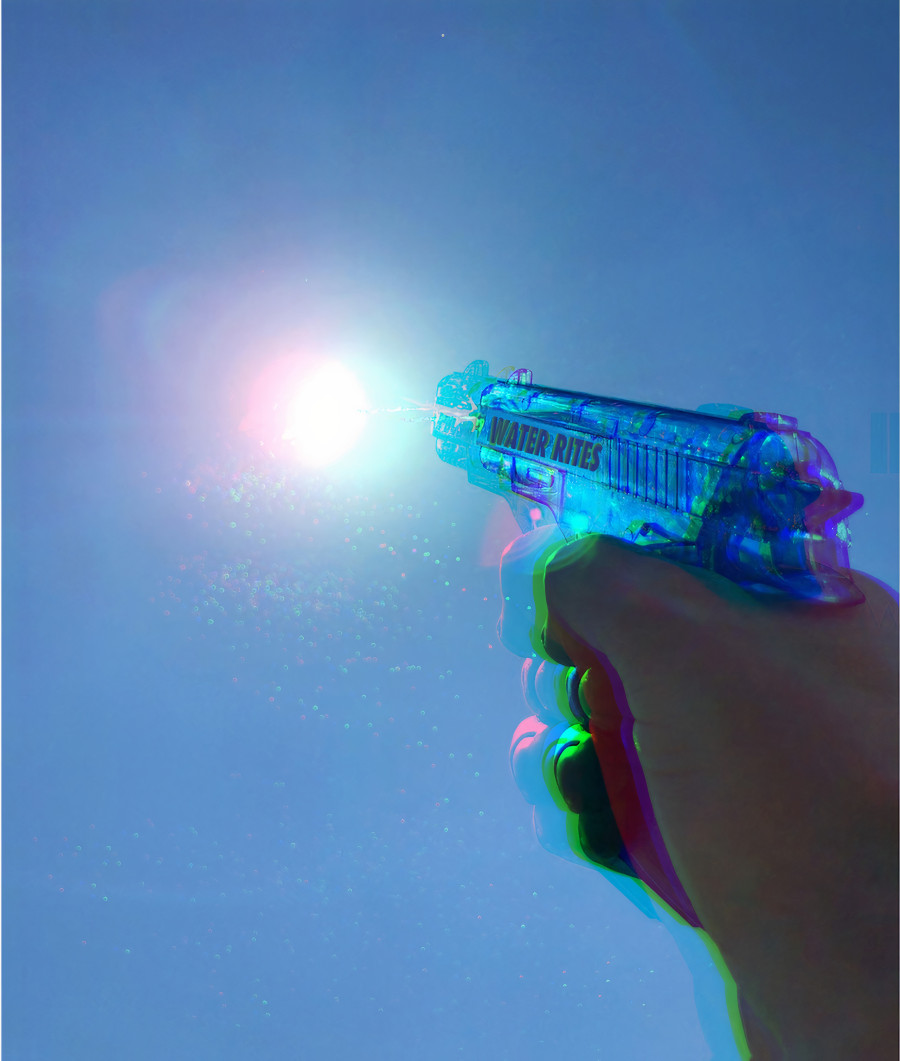WATER RITES

Water as culture, concept and commodity
24 September to 20 November 2021
Water is the common element connecting and sustaining all living beings: we are all made of water. As sweat, tears and the ocean, saltwater indexes pleasure and pain, effort, escape and exaltation. Seemingly ubiquitous, but also increasingly scarce, fresh water is at the centre of a growing virtual marketplace of speculative futures, and is now the world’s most valuable commodity. There is a lot of weight on water.
In the Western conception, under what distinguished Indigenous professor and activist Aileen Moreton-Robinson calls ‘the possessive logic of white occupation’, all existence is read from a European, colonial viewpoint, which in turn positions humans at the top of the hierarchy of being.
What if, instead of being understood as an object (i.e. a commodity or a resource), water becomes a subject (a thing in its own right, a non-human actor, a vibrant force with agency)?
WATER RITES explores the ways water performs, works, manifests and asserts itself in human and other worlds through artworks, knowledge production and embodied acts.
Featuring sculptural assemblage, moving image, sound and fermentation, the exhibition is the result of a research-based, multi-part project engaging with environments and communities of coastal significance in South Australia. It commenced with an artist exchange in Galinyala (Port Lincoln) and will conclude with a public program of foraging and kayaking in the Kurangk (the Coorong).
Please be advised that parts of this exhibition contain very strong themes and language.
We encourage you to speak to an ACE Open staff member if you have any questions.
WATER RITES is presented as part of Tarnanthi: Festival of Contemporary Aboriginal & Torres Strait Islander Art.
This project is supported by SA Water, Arts South Australia and the Australian Government through the Australia Council, its arts funding and advisory body.
Feature Image: Image courtesy Danni Zuvela
Guest Curator
Lead Artists
Screen Artists
Sound Program
Betty Apple, Costa StefanouLanguage Advisor
Barngarla Artists
Jenna Richards, Vera Richards, Candace Taylor-Swan, Caitlin Taylor-Swan, Evelyn RichardsFermentation
Kurangk Listening Public Program
Cultural Advisor
Uncle Michael ‘Mickey’ O’BrienWATER RITES was accompanied by a suite of public programs.






